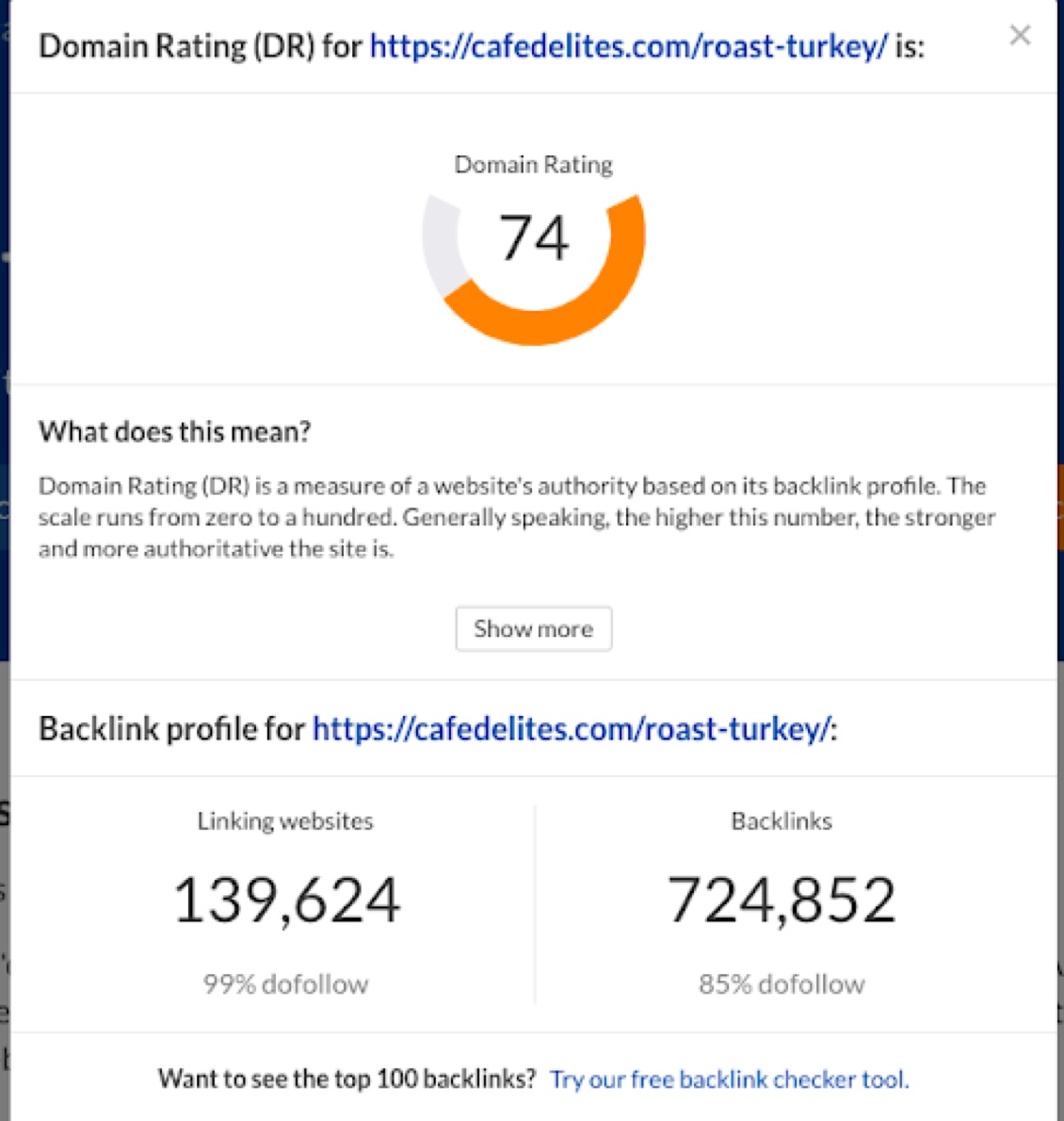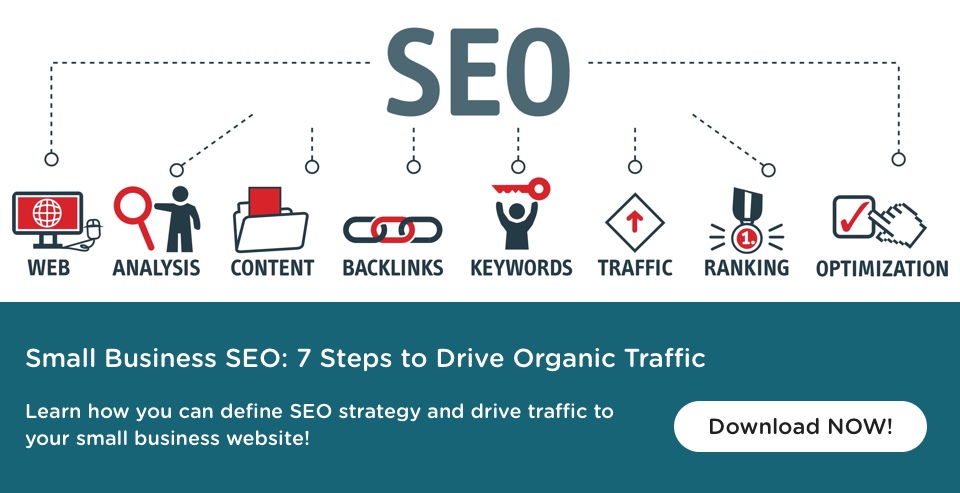Create high quality, relevant content on a consistent basis
Blogging is one of the most inexpensive and effective ways to drive organic traffic to your small business website.
Blogging is one of the most inexpensive and effective ways to drive organic traffic to your small business website.
Every week, on the selected days, if you start publishing fresh blogs focused on the topics that your customers care about, you will start seeing growth in your traffic. It will also start improving your authority, relevance, trust, and ultimately ranking with Google search engine.
Your content must include the keywords you are targeting for search engine as well as long-tail keywords (or topic keywords) so that it is discovered when the consumers search.
You can learn more about how to start creating a topic cluster and start building expertise around specific topics with consistent blogging, by reading the Step-by-step guide to the blogging strategy for your small business.



